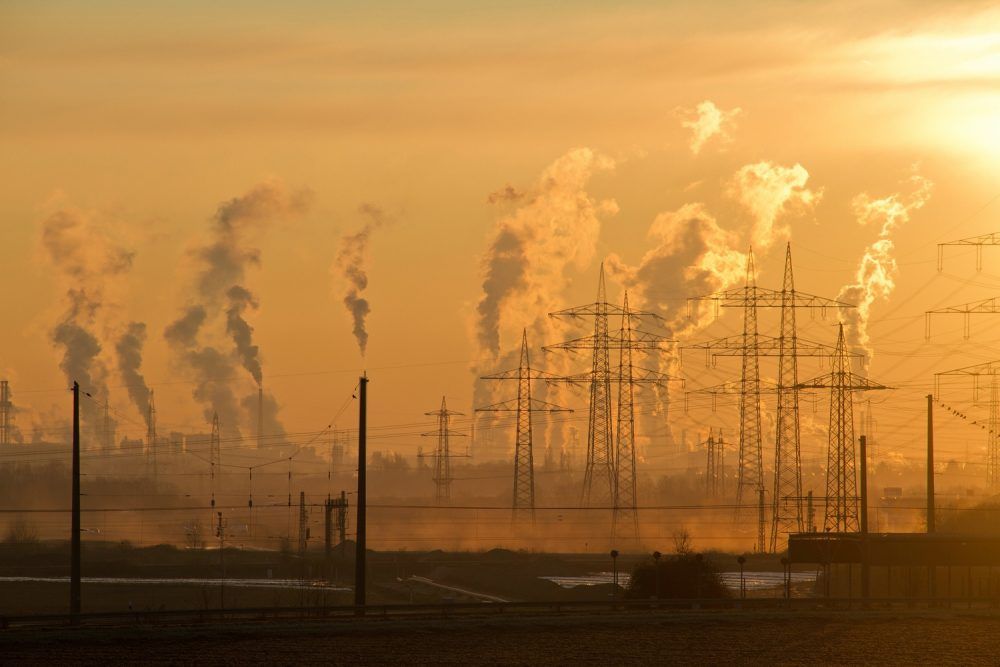Danish researchers are looking to a way of tackling climate change by pumping CO2 into the underground and thus preventing it from building up in the atmosphere.
Last year, the government set aside 100 million kroner for researching the technique and a number of researchers see great potential in the method. The Geological Survey of Denmark and Greenland (GEUS) contends that the Danish underground can store the equivalent of 500 years of Danish CO2 emissions.
“We need to collect and store some of this CO2 in the underground. If we are to plant forests to solve the global problems we would have to plant an area the size of North America,” Lars Henrik Nielsen, a geologist with GEUS, told TV2 News.
“I think Denmark should lead the way and develop this green technology, as we have done in the past with wind turbines, for example.”
READ MORE: Widespread backing ensures citizens’ proposal on climate must be debated
Need more options
Geologists have identified 12 specific areas that are especially suitable to storing CO2 – areas where the underground contains lumps of sandstone capped with a layer of claystone. In these areas, you can pump large amounts of CO2 at least 800 metres down into the sandstone, while the claystone keeps it from escaping.
While detractors argue that storing CO2 in the underground is not a viable option in terms of financing and that the focus should instead be concentrated on planting trees, the government is intent on diversifying its plans.
“Planting forests isn’t enough, so we need to look at the broader picture. We do need to plant more forests and reduce emissions, but we must also investigate the potential in storing CO2 in the underground,” the energy and climate minister, Lars Christian Lilleholt, told TV2 News.











